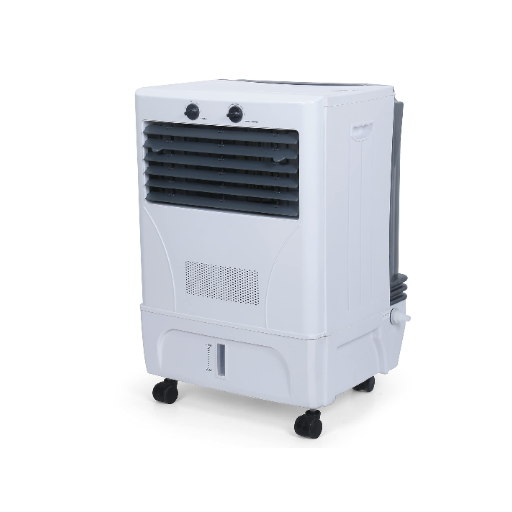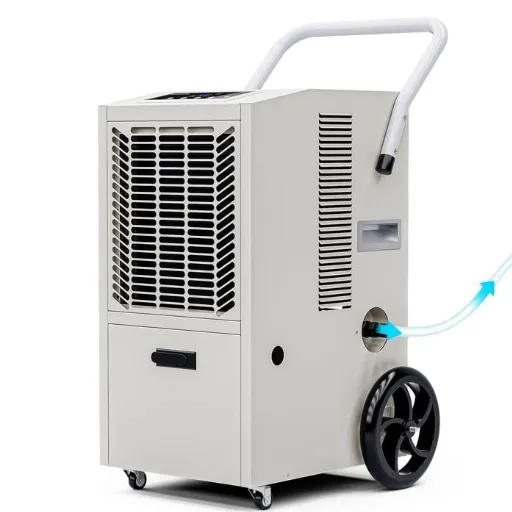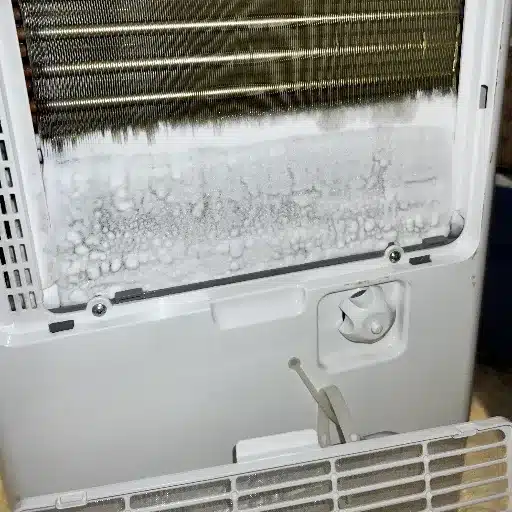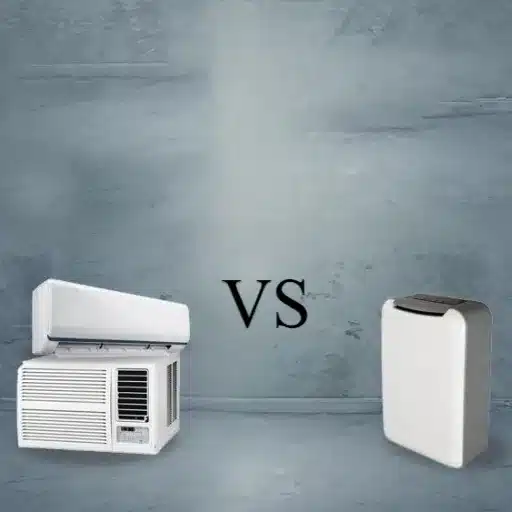Maintaining proper humidity levels is a critical component of ensuring the longevity, safety, and efficiency of industrial operations. Excess moisture in facilities can lead to equipment corrosion, compromised structural integrity, product damage, and even mold growth, ultimately impacting productivity and profitability. This article explores the importance of industrial dehumidifiers and how rental solutions can be a cost-effective and flexible approach to safeguarding your business against the risks of humidity-related issues. Whether you are looking to mitigate seasonal moisture fluctuations or require temporary climate control during a specific project, choosing the right rental option can make all the difference in achieving optimal environmental conditions.
Why Should You Consider Industrial Dehumidifier Rentals?
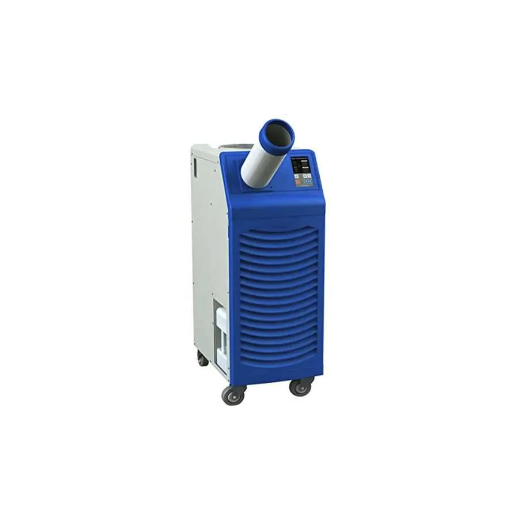
What Are the Benefits of Dehumidifier Rental?
Industrial dehumidifier rentals provide flexibility and cost efficiency to businesses to meet their particular needs without committing to an expensive long-term investment. Through renting, it is ensured that advanced equipment is provided to meet the specifications of each project for fine moisture control in environments such as warehouses, manufacturing units, or construction sites. This keeps Instant Capital Investments low while operational scalability is promoted.
One more advantage of renting dehumidifiers is that the client is not responsible for maintenance and repair work. Rental providers give service on a scheduled basis, come for troubleshooting when needed, and provide repairs when necessary to ensure equipment performance remains at an optimum level throughout the rental period. This means reduced downtime due to equipment failure and more time for core operations since equipment servicing can be handled by others.
Additionally, rentals help businesses adjust to situations or project-specific requirements. Seasonal humidity variations, short-term storage demands, or an emergency recovery of water damage are situations wherein a rental offers a quick and efficient solution. Since they have an array of models and configurations to choose from, companies are able to select exactly what fits their needs in terms of cost and efficiency.
How Does Renting a Commercial Dehumidifier Work?
The renting procedures of commercial dehumidifiers are elegantly simple so as to enable businesses in the quick procurement of any equipment they may require. The process begins with evaluations of site or project requirements, including the size of the location, the degree of humidity control required, timings of usage, etc., which, in turn, allow rental providers to offer a suitable model of the dehumidifier based on capacity, airflow, and energy efficiency.
Following the choice of equipment, the rental company takes care of logistics for delivery and setup. Several rental companies offer flexible options wherein delivery occurs only shortly before the installation to prevent any downtime or building further environmental issues. Training or operational manuals are often included to ensure that operators working with the rental equipment are fully aware of its use, safety, and best practices. Some rentals may even offer options such as a remote monitoring system for added oversight on operations.
Maintenance and support for any technical issues are generally provided during the rental period to make sure the equipment is performing well. In case of problems, the ability of rental providers to immediately troubleshoot or even swap the equipment for another is a strong advantage; this prevents delays. At contract termination, with the provider working to coordinate the return of the rental equipment, the business is off the hook. This ease of access, coupled with professional assistance, makes renting a commercial dehumidifier an ideal solution for short-term scenarios and inconsistent environmental needs.
When Is Renting More Cost-Effective Than Buying?
In the commercial dehumidifier industry, renting is a more cost-effective option whenever the equipment is needed for temporary or short-term projects. For instance, if a company is handling seasonal increases in humidity or requires dehumidification for a particular construction job, it avoids putting down a massive sum upfront for a dehumidifier that might just idle away in use occasionally. Renting allows usage-based charging so companies can make mammoth financial savings.
Other instances where renting is better occur if the required capacity or type of dehumidifier changes somehow. Businesses encounter changes in environmental conditions or project requirements that mandate a flexible equipment option. With rentals, companies have the latest models, even choosing equipment for very specific needs without the burden of outright ownership and obsolescence risks.
Apart from free use, rented devices will not carry hidden costs commonly associated with equipment ownership: those for maintenance, storage, and repair. Most rental contracts include servicing and technical support, alleviating upkeep from the company. For companies that have to juggle many infrastructure needs or those who work in a fast-paced environment, it’s a good way to save time and money: renting for them would thus be more practical and cost-efficient.
How to Choose the Right Commercial Dehumidifier for Your Needs?
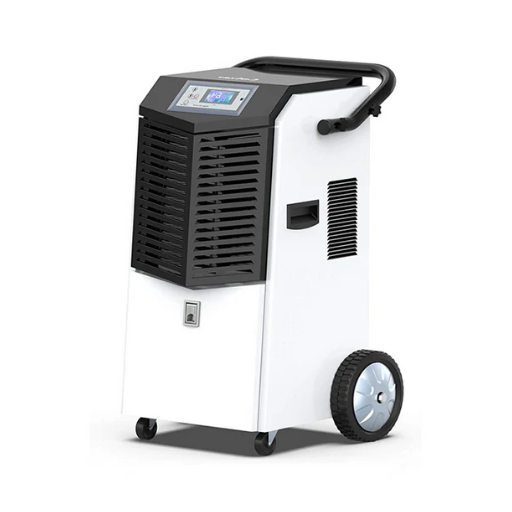
What Factors Should You Consider When Selecting a Unit?
While choosing a commercial dehumidifier, it is necessary to evaluate a host of technical and operational factors to ensure that one gets the best performance and efficiency from the equipment. Initially, gauge the limits of your space requiring humidity control, such as the size of the place, moisture levels, or the intended use for the space. For high and big spaces, a dehumidifier with higher extraction capability is required, usually measured by pints or liters per day.
Afterward, consider the energy-efficiency ratings and power consumption, keeping operational costs low without compromising on performance. Choose units whose advanced features include built-in humidistats, programmable timers, and low temperature operation, especially when events are expected to vary. Also, take noise into consideration, mainly when quiet operation is paramount.
Durability and maintenance are two other significant aspects: look out for models made with corrosion-proof construction while maintaining theirs with washable or replaceable screens. Portability can be an important factor, especially when one needs to move it around frequently. In the end, ensure that it complies with the local safety and energy standards, as these criteria attest to the reliability and operational quality of the units.
How Do Desiccant and Portable Models Differ?
Being the quietest of them all, desiccant dehumidifiers are lighter, work in all temperatures, are more but faster, and portable compressor models, on the other hand, are noisier, heavier, efficient at warm climates, and energy-saving.
Here is a concise table summarizing the details:
|
Aspect |
Desiccant |
Compressor |
|---|---|---|
|
Sound |
Quiet |
Loud |
|
Mass |
Light |
Heavy |
|
Climate |
Versatile |
Warm-only |
|
Power |
Higher |
Lower |
|
Efficiency |
Quick |
Moderate |
|
Mobility |
Easy |
Limited |
|
Upkeep |
Low |
High |
|
Expense |
More |
Less |
Which Dehumidification Solutions Are Ideal for Water Damage Restoration?
For water damage restoration, it is essential to select the correct drying technique that will ensure efficient and complete drying. Two types of dehumidifiers are generally considered for this purpose: refrigerant and desiccant dehumidifiers. Each has its own set of advantages that make it suitable for certain applications.
- Refrigerant Dehumidifiers: Refrigerant dehumidifiers draw moisture by cooling and condensing it from atmospheric air; thus, they perform best in high moisture environments with moderate to warm temperatures (above 50°F or 10°C). LGR (Low-Grain Refrigerant) dehumidifiers, a subclass, are deemed suitable for situations of water damage due to their nature of moisture extraction from the air to extremely low grain levels. These models save a great deal of energy and operate fast, thus being an ideal option for first restoration efforts when a quick and cheap solution is required.
- Desiccant Dehumidifiers: These absorb moisture by way of a desiccant material and are, thus, able to perform well in colder situations that may punish refrigerant models. For this reason, they are preferred when drying structural materials such as hardwood floors or concrete. They tend to consume more energy and also demand more upkeep; however, one cannot do without their expert intervention in particular restoration conditions where low-temperature scenarios prevail.
Whichever is best depends on a number of factors, including ambient temperature, extent of water damage, and specific demands of the project. For areas with warmer, humid conditions, refrigerant dehumidifiers give a speedy and cost-efficient approach. Aside from this, in colder environments or on materials that soak in moisture up to a great depth, a desiccant dehumidifier should be given priority. When downhill on the road for optimum results in water damage restoration, sometimes both kinds of dehumidification will need to be worked together, especially in complicated cases that may involve varying temperature levels or multimaterial compositions.
What Are the Applications of Industrial Dehumidifiers?
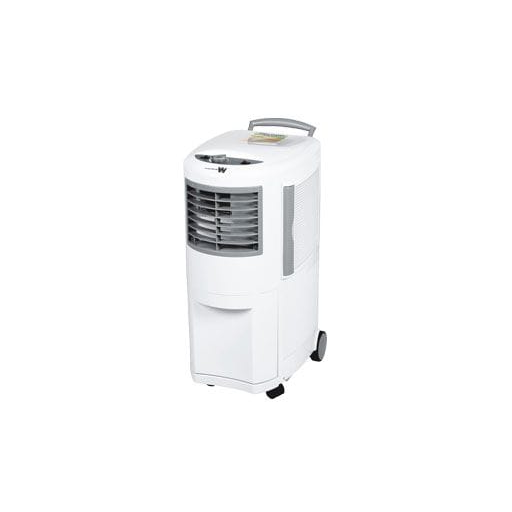
How Do They Impact Air Quality and Moisture Levels?
The control of moisture conditions and air quality is done chiefly using industrial dehumidifiers when the working environment is on a large industrial or commercial scale. These dehumidifiers extract moisture from the ambient air and bring down the percentage of relative humidity to its optimum level. Thus, the working environment can be free from problems in moisture-related issues like mold growth, corrosion, or structural damage. High relative humidity supports allergen proliferation and airborne pollutants; hence, a dehumidifier helps in air conditioning by lessening such risks.
These dehumidifiers of sophisticated sorts work in conjunction with air filtration systems to promote air purification. A good number of them carry HEPA filtration or other sorts of filtration that seize microscopic particles and allergens, as well as other contaminants, while dehumidification is undertaken. This brings great advantages in the pharmaceutical, food processing, and electronics manufacturing industries, where clean air and precise humidity levels are crucial to product quality and regulatory compliance standards.
Scientifically, the optimum indoor relative humidity will generally be between 30% and 50%. Industrial dehumidifiers are designed to maintain these relative humidity levels consistently, especially in conditions where moisture ingress is extreme or unstable airflows prevail. Using energy-efficient and adaptive technologies, these modern units actually alter their working modes dynamically based on environmental demand. Such precision strikes a balance in operational cost, apart from helping equipment and infrastructure longevity by eliminating moisture-induced degradation with respect to time.
What Role Do They Play in Construction and Manufacturing?
The consideration of moisture control mechanisms throws light on the maintenance of quality, rates, and safety in construction and manufacturing processes. These systems adjust the levels of humidity, which in turn, directly affect the integrity of materials and shape production outcomes. Large amounts of moisture in construction, for example, may spell disaster for the structure, whereby substances such as wood, steel, and concrete undergo warping, corrosion, or mold growth, consequently reducing base durability. Construction sites, therefore, can resolve this problem with enhanced moisture control solutions so that the materials retain their properties right through to the building stages.
Manufacturing, however, imposes stringent requirements on its working environment. Humidity and temperature variations affect the electronics-making plants, pharmaceutical production, and food-processing plants. High-end moisture control systems ensure ideal conditions to avert defective electronics, contamination of pharmaceuticals, and spoilage of consumables. Hence, such technology ensures the actual final products meet the required standards and policies, whereby these premises, in turn, earn themselves protection on operational grounds.
In a larger perspective, moisture control would turn out to be energy-efficient and sustainable for these industries. By dynamically optimizing climate conditions, these systems enable operations to use only as much energy as required, thereby reducing waste, which directly dents operational costs and carbon footprints. From a business perspective, this translates to high operational efficiency, consistent product quality, and hence long-term profitability, making moisture control technologies an investment that construction and manufacturing simply cannot do without.
Can They Help Prevent Mold and Corrosion?
Yes, moisture control systems play an essential role in preventing mold and corrosion. Mold growth is accompanied by high humidity, which molds use as a perfect breeding ground. Moisture control technologies maintain humidity at precise levels that do not favour the growth of mold, ensuring a safe and healthy environment, especially for food processing, health care, and storage facilities.
Similarly, corrosion occurs when moisture irritates metal surfaces and causes them to oxidize and lose their strength over time. Moisture control systems eliminate this hazard by keeping concentrations of moisture in the air low enough or preventing condensation on commercial components/service materials. For instance, in an industrial manufacturing location where metal equipment system integrity is regarded as an important factor, such systems are installed to protect the machinery from a reduction in maintenance costs as well as prolong the expiry time of the assets.
The latest development in the field of sensors and adaptive climate systems offers these advantages: monitoring the environment in real-time situations and data-powered automation to guarantee the maintenance of optimum conditions and thus reduce the chance of incidence related to mold or corrosion while providing the best protection for both the product and infrastructure.
Understanding the Technology Behind Desiccant Dehumidifiers
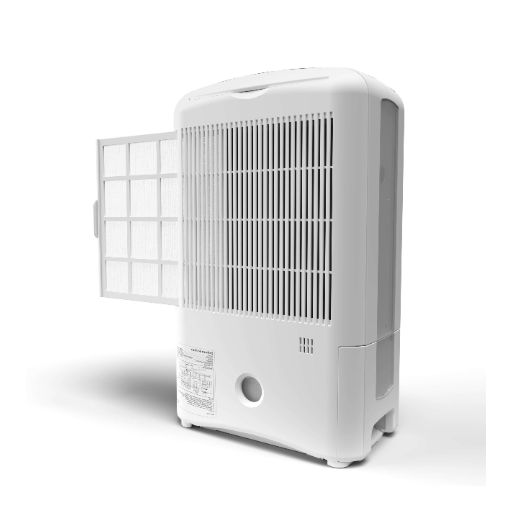
How Do Desiccant Dehumidifiers Operate?
In operation, the desiccant dehumidifier system utilizes a hygroscopic material for moisture absorption from the air. Refrigerant-type dehumidifiers remove moisture from the air through condensation by cooling it. Instead, desiccant systems work chemically via adsorption to remove water vapor even when temperatures are low. First, the air is drawn into the dehumidifier, whereby it passes over the desiccant material, the main ones being the varieties of silica, a substance having a very high affinity for water molecules, and hence, does an efficient job of extracting humidity from the incoming air.
Once the desiccant has absorbed a certain amount of moisture, it goes into regeneration: heat is applied to the desiccant to drive off water vapor at the chosen temperature. Then the moisture is taken out of the system as warm, moist air, readying the desiccant for further operation. After all, the most advanced desiccant dehumidifiers embrace energy-efficient means, such as rotary wheels or honeycomb configurations, to optimize moisture pickup and regeneration.
More advanced designs often combine these setups with sensor networks and data-driven algorithms to enhance their efficiency and effectiveness. Monitoring in real time, they continuously adjust their flow rate and regeneration cycles in an attempt to keep the efficiency maximum while cutting down energy consumption. This helps render the desiccant dehumidifier ideally suited for industrial applications, cold storage scenarios, and locations where exact humidity control matters-in clean rooms or pharmaceutical environments.
What Makes Them Suitable for Commercial Use?
Desiccant dehumidifiers are sturdy, precise, and adaptable, making them greatly attractive for commercial use. One critical factor is the capacity to operate under varying temperature and relative humidity conditions. Unlike refrigerant-based systems, which tend to lose performance in environments below 60°F, desiccant dehumidifiers keep performing well even in low-temperature environments or areas with very high moisture loads. This ability is essential in industries such as food processing, pharmaceuticals, and electronics manufacturing, wherein consistent and accurate humidity control must be maintained for product integrity and safety standards.
Besides, the system has been designed to support scalability in regulatory commercial environments. With their modular design and state-of-the-art control systems, the desiccant dehumidifier can be adjusted for moisture removal requirements, environmental variations, and operational conditions. Sensors linked to automatic feedback loops perform real-time adjustments to conserve energy outputs during operation, thereby lowering operational costs and, further, increasing equipment usage time. An important consideration for a business that is interested in long-term investment returns.
Lastly, desiccant dehumidifiers are favored for applications that require stringent regulatory and environmental competencies. For example, in clean room environments, the air of precise control, along with moisture control, is the key to preventing the room from getting contaminated. Advanced systems of filtration combined with the excellent moisture adsorption capability of desiccant materials make the left-hand one of its kind. Moreover, the green design philosophy, through thermally efficient components and the use of renewable materials, emphatically keeps them relevant in present-day commercial enterprises geared toward sustainability. This trifecta of reliability, efficiency, and compliance makes desiccant dehumidifiers the prime candidate for commercial deployment in a variety of applications.
How to Maintain and Operate Your Dehumidifier Rental Efficiently?
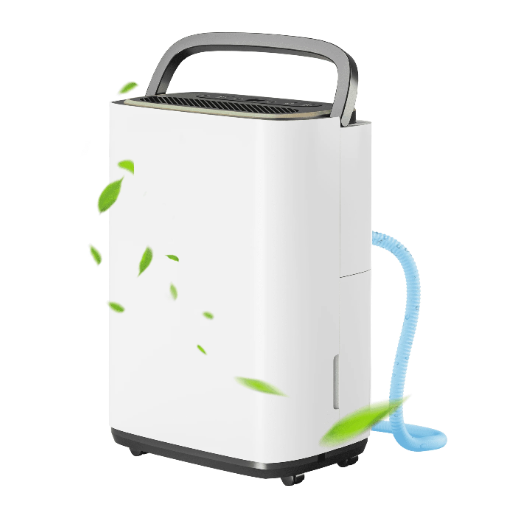
What Are the Best Practices for Maintaining Optimal Performance?
For the best performance of a dehumidifier rental, a set of maintenance operational procedures must be followed. Regularly, the air filters should be inspected and cleaned. Clogged filters reduce airflow and force the unit to work harder; in such circumstances, the efficiency of the unit is lowered. Filters should be cleaned or replaced one to three months after use, based on intensity. Also, keep an eye on the drainage system; blockage can either cause overflow or hinder dehumidification.
The placement of the dehumidifier holds equal importance. Make sure the unit is placed centrally, free from obstructions, so that air can circulate well and be removed. Do not place it close to walls, furniture, or other objects that can block intake and exhaust vents. It is worthwhile, equally, to set humidity levels on a case-by-case basis, generally between 30-50% relative humidity, to conserve energy whilst maintaining comfortable ambient conditions.
The importance of maintaining clean coils cannot be overemphasized, as dirty and frost-coated coils can severely impede moisture extraction. Conducting regular inspections and cleanings of the coil, whilst observing for refrigerant leaks, greatly aids in the longer and better functioning of the equipment. Lastly, it is good to follow the recommendations of the manufacturer in operating the equipment, ensuring ventilation around the equipment is sufficient to prevent overheating. These approaches and pointers will give constant performance, extending the life of your rental unit.
How to Ensure Proper Dehumidification?
Proper dehumidification occurs when all factors are carefully considered-such as the unit capacity, placement, and maintenance. First and foremost, select a dehumidifier that matches the square footage and humidity level of the target area. Since these units are rated in terms of moisture extraction ability in pints per day, matching the equipment’s capacity to the environment it will be used in is imperative for achieving maximum results.
Secondly, the location of the dehumidifier needs to be considered carefully for top performance. The best case would be to place it centrally, with proper airflow allowed. Do not place the dehumidifier too close to any walls or large pieces of furniture, as this will obstruct the free flow of air, thus affecting its working. A nice allowance of 6 inches to one foot should best serve the purpose.
Maintenance, on the other hand, keeps the systems operating optimally. Clean the air filter often; clogging will inhibit air intake. Empty the water collection tank, clean it out, or check the drainage system if a continuous drain is set up for use. Look for any worn parts and fix them, and make sure to reset the humidity settings for the season or climate conditions. This means that dehumidification will be consistent by going through the details, promoting good health and comfort for the indoor environment.
How Can You Prevent Unexpected Downtime?
Observation and reconnaissance comprise a bunch of actions for attempting to stay one step ahead of dangers, including regular maintenance, monitoring activities, and deployment of novel technologies. Prioritize inspections on a regular basis to detect any emerging problems that would prove detrimental if allowed to develop fully, whether they concern equipment or systems. Keep records for all maintenance activities and issues affecting performance to help with analyzing trends over time or inefficiencies and obsolescence.
Subsequently, install relevant diagnostic tools coupled with IoT sensors or predictive analytics software to provide clear visibility into the real-time operations of the machinery. These tools harness data to help predict a probable failure, thereby allowing an opportunity for intervention. Monitoring parameters such as vibration, temperature, or energy consumption may warn of wear or irregularities leading to system breakdowns.
Finally, make sure your people have adequate training so they can identify warning signals quickly and take action. Mitigate risks further through redundancy in critical areas, such as backup systems or cloud-based failovers. By utilizing these thorough, data-driven approaches, organizations stand to reduce downtime significantly and enhance their productivity while steering clear of any disruptions that could prove costly.
References
- Zero Energy Ready Multifamily Dwellings for the Redevelopment of Downtown Knoxville, TN – Discusses dehumidification in energy-efficient buildings.
- A case study of an energy home built for Solar Decathlon 2013 – Includes insights on dehumidification systems in sustainable housing.
- Standard Protocol for Protective Storage of Dormant Army Facilities – Covers industrial dehumidification for large-scale applications.
- Spokane Indian Housing Authority Trip Report: Assessment of Mold and Moisture Conditions – Explores industrial techniques for moisture control.
- Integrating energy efficiency strategies with industrialized construction for our clean energy future – Highlights dehumidification in energy-efficient industrial construction.
Frequently Asked Questions (FAQ)
Q: What are the benefits of choosing industrial dehumidifier rentals over purchase?
A: Opting for industrial dehumidifier rentals can be more cost-effective, especially for short-term needs or projects. Rentals also offer flexibility, as you can choose from a wide inventory of equipment, including desiccant dehumidifiers and commercial dehumidifiers, to suit specific requirements without the need for a long-term investment.
Q: How do dehumidifiers improve indoor air quality?
A: Dehumidifiers help maintain healthy indoor air by reducing humidity levels, which can prevent the growth of mold, mildew, and dust mites. This is crucial for maintaining a sanitary environment and ensuring optimal indoor air quality.
Q: What types of dehumidifiers are available for rental?
A: Our rental solutions include a variety of dehumidifiers, such as desiccant dehumidifier rentals and commercial dehumidifier rentals. We offer reliable equipment suitable for different industries and applications, including construction drying and flood recovery.
Q: How can dehumidifiers prevent damage during construction projects?
A: Dehumidifiers are essential for construction drying, as they help control moisture levels and prevent issues like warping or mold growth. This ensures a rapid and effective drying process, protecting building materials and maintaining a healthy indoor environment.
Q: How does the use of a fan complement a dehumidifier?
A: Fans can enhance the efficiency of dehumidifiers by improving air circulation. This helps distribute dry air evenly and accelerates the drying process, which is especially beneficial in scenarios like flood recovery or construction drying.
Q: What measures are in place to ensure the reliability and effectiveness of the rental units?
A: All rental units undergo regular maintenance and inspections to ensure they are in optimal working condition. Reliable performance is guaranteed to meet the demands of various industrial applications, providing peace of mind and effective moisture control.
Q: Can dehumidifier rentals help in flood recovery efforts?
A: Yes, dehumidifier rentals are an essential part of flood recovery efforts. They assist in quickly reducing moisture levels, preventing mold growth, and restoring indoor environments to sanitary and safe conditions.
Q: What role does HVAC play in conjunction with dehumidifiers?
A: HVAC systems, combined with dehumidifiers, offer comprehensive climate control solutions. While HVAC systems manage temperature, dehumidifiers specifically target moisture, ensuring balanced and healthy indoor environments.

